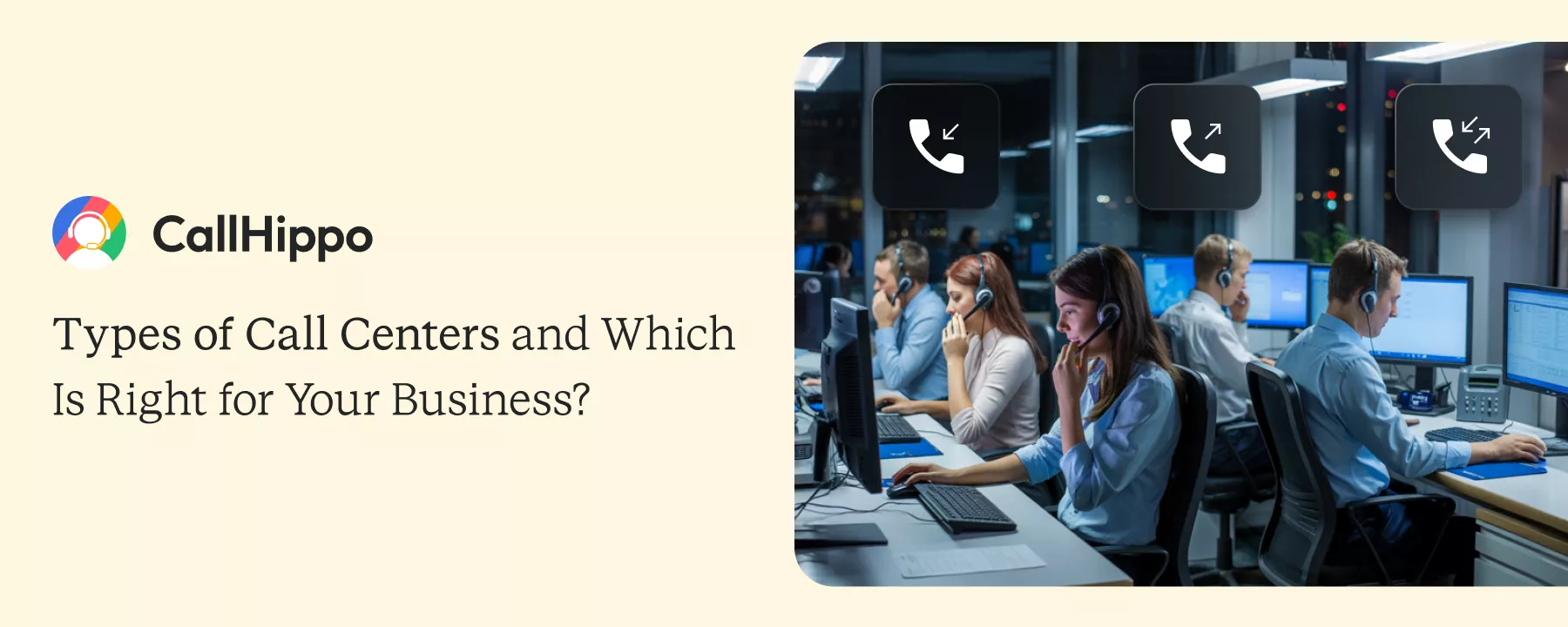Modern businesses and their customers are far different than what they were a...


Modern businesses and their customers are far different than what they were a...

Your customer waited 15 minutes on hold yesterday. They hung up. You lost $200...

Your customer calls about a billing error. Your agent fixes it. Three days...

Having spent years deep in the world of customer service tech, I can tell you...

In every customer phone conversation, there's a moment where your business can...

In customer service, every interaction matters. When a caller disconnects...

Missed customer calls can lead to lost revenue and a weaker brand reputation....

The contact center industry is advancing rapidly due to technological changes...

Businesses always look for ways to increase productivity and focus on their...

In today’s fast-changing business environment, exceptional customer...





